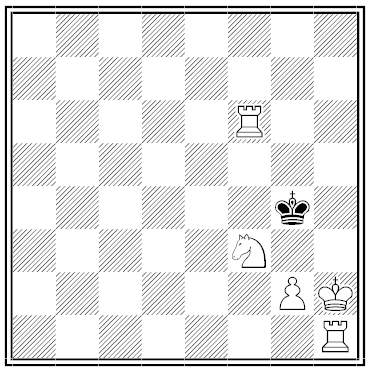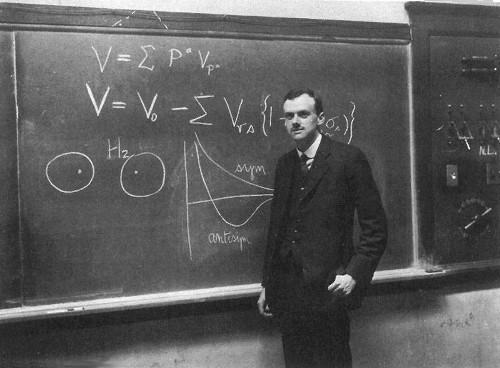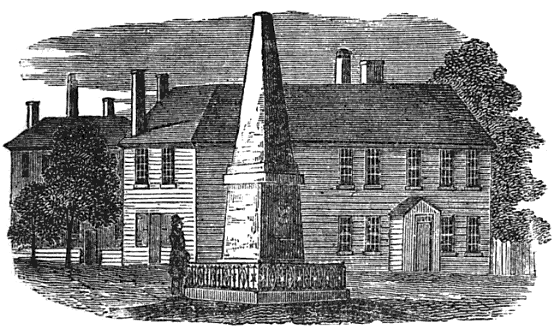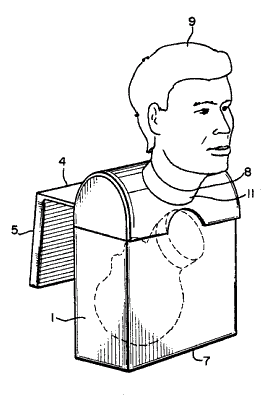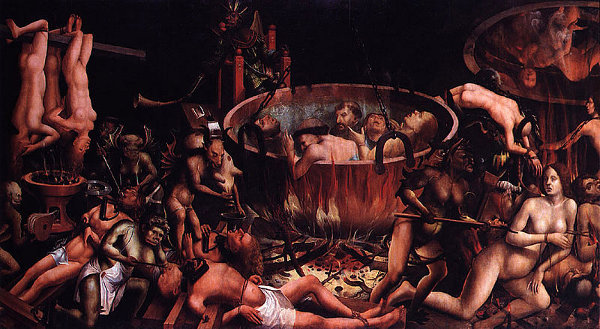
An anonymous proof that heaven is hotter than hell, from Applied Optics, August 1972:
The temperature of Heaven can be rather accurately computed from available data. Our authority is the Bible: Isaiah 30:26 reads, Moreover the light of the Moon shall be as the light of the Sun and the light of the Sun shall be sevenfold, as the light of seven days. Thus Heaven receives from the Moon as much radiation as the Earth does from the Sun and in addition seven times seven (forty-nine) times as much as the Earth does from the Sun, or fifty times in all. The light we receive from the Moon is a ten-thousandth of the light we receive from the Sun, so we can ignore that. With these data we can compute the temperature of Heaven: The radiation falling on Heaven will heat it to the point where the heat lost by radiation is just equal to the heat received by radiation. In other words, Heaven loses fifty times as much heat as the Earth by radiation. Using the Stefan-Boltzmann fourth-power law for radiation
where E is the absolute temperature of the Earth — 300K. This gives H as 798K absolute (525°C).
The exact temperature of Hell cannot be computed but it must be less than 444.6°C, the temperature at which brimstone or sulfur changes from a liquid to a gas. Revelations 21:8: But the fearful and unbelieving … shall have their part in the lake which burneth with fire and brimstone. A lake of molten brimstone means that its temperature must be below the boiling point, which is 444.6°C. (Above that point it would be a vapor, not a lake.)
We have then, temperature of Heaven, 525°C. Temperature of Hell, less than 445°C. Therefore, Heaven is hotter than Hell.


